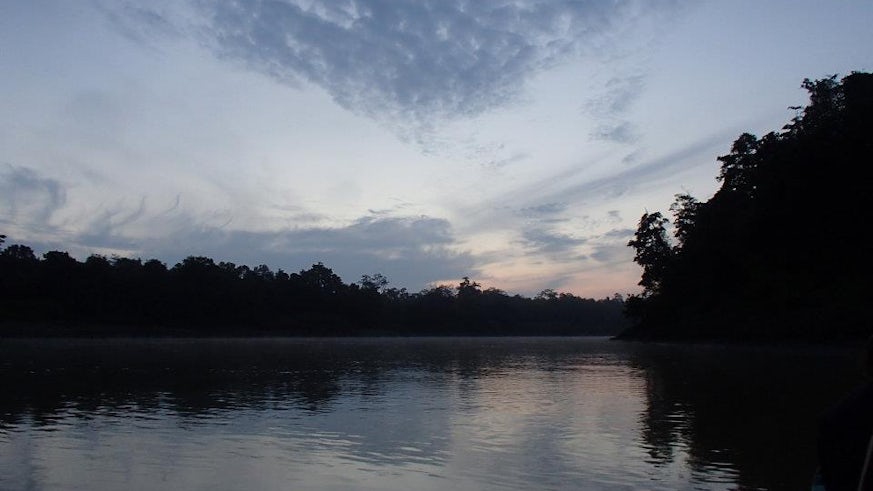Messing about on the river
2 April 2019

New paper studying the effect of landscape features on genetic diversity highlights importance of forest corridors for conservation.
The study, published in the journal Conservation Genetics, explores the impact that landscape features, such as rivers and roads, have on genetic diversity of small mammals in Borneo.
Non-volant small mammals represent one of the largest and most diverse mammalian groups on Borneo, however relatively little is known about their distribution or the influence of geographic and man-made landscape features on their migration and genetic structure.
A decrease in genetic diversity among populations increases the risk of extinction and impacts the ability of species to cope with habitat changes and reduced landscape connectivity brought about by climate change and deforestation.
Professor Mike Bruford, one of the authors of the study, said “In order to understand populations and put in place adequate conservation measures it is essential to understand the ability of species to transverse landscape features, which act as barriers to movement of populations.”
Using population genetic techniques, the importance of physical barriers along the Kinabatangan River in Borneo was assessed for a suite of non-volant animals. A total of 19 species were sampled across both riverbanks. The impact of the river as a barrier had different effects on species, with contrasting patterns of genetic isolation found between species on each side of the river.
While the barrier effects of a paved road and tributaries could not be verified, large palm oil plantations seem to have disrupted gene flow in these species, with higher genetic connectivity on the more continuously forested areas of river as compared to the more fragmented riverside.
Professor Bruford added “the findings of the study underlines the importance of forest corridors as essential conservation measures to maintain genetic diversity of species in a fragmented landscape.”